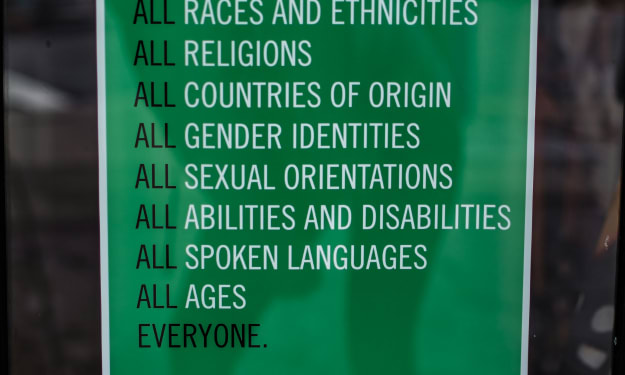Wormholes: Cosmic Tunnels and the Mind-Bending Marvels of Space-Time Travel
Unlocking the Secrets of Wormholes: A Voyage through Time, Space, and Imagination

Hold on tight and prepare to have your mind stretched to the limits of possibility as we embark on an exhilarating journey through the mind-bending realm of wormholes. These enigmatic cosmic tunnels have long captured the imagination of scientists, science fiction enthusiasts, and dreamers alike. Step into the realm of fantastical possibilities as we delve into the captivating world of wormholes, where the laws of physics twist and reality takes on a whole new dimension.
The Cosmic Rabbit Holes
Imagine a portal, a shortcut through the vast fabric of space and time that can whisk us away to distant galaxies, parallel universes, or even different eras. That, my friends, is the tantalizing concept of a wormhole. Picture it as a cosmic rabbit hole, a celestial shortcut that bypasses the traditional rules of travel and offers a thrilling glimpse into the unknown.
Wormholes, also known as Einstein-Rosen bridges, are hypothetical tunnels in the fabric of space-time that connect two separate points in the universe. They are envisioned as shortcuts, allowing for rapid travel across unimaginable cosmic distances. These otherworldly passages have captured the imaginations of scientists and writers, sparking a multitude of theories and imaginative tales.
Curvature and Cosmic Contortions
To truly grasp the mind-bending nature of wormholes, we must delve into the intricate tapestry of space-time itself. Wormholes emerge from the very fabric of the universe, where space-time curves and contorts in ways that defy our everyday perception. These warps and twists create cosmic tunnels, bridges between disparate regions of the cosmos, offering a potential pathway to traverse unimaginable distances in the blink of an eye.
In the realm of general relativity, developed by the brilliant mind of Albert Einstein, the presence of mass and energy bends the fabric of space-time, creating what we perceive as gravity. Wormholes are a consequence of extreme space-time curvature, where the fabric is stretched to its limits, allowing for the formation of a tunnel-like structure. The two openings of a wormhole, known as mouths, are connected through a throat, forming a shortcut through space and time.
Einstein's Cosmic Puzzles
Enter the realm of Albert Einstein, the genius who first predicted the existence of wormholes within his revolutionary theory of general relativity. We'll peel back the layers of scientific theory to unravel the intricacies of Einstein's equations, exploring how wormholes are born from the cosmic ballet between mass, energy, and the curvature of space-time. Hold onto your hats—this is where the real mind-bending adventure begins.
Einstein's equations describe the relationship between the distribution of mass and energy in the universe and the curvature of space-time. It is within this framework that wormholes find their footing. However, there's a catch. Wormholes, as we envision them, require the presence of exotic matter with negative energy density to keep them stable and prevent them from collapsing. The nature of such matter remains purely speculative, pushing the boundaries of our current understanding of physics.
The Great Wormhole Odyssey
Journey with us as we embark on a mental odyssey through the myriad wormhole possibilities. Encounter exotic realms where time flows backward, parallel universes overlap, and the laws of physics take on entirely new dimensions. Explore the hypothetical scenarios of traversable wormholes, where intrepid adventurers could potentially step through these cosmic gateways and emerge in uncharted territories.
Traversable wormholes, often the focus of science fiction, hold the allure of interstellar travel and time manipulation. They offer the tantalizing prospect of exploring distant galaxies, bridging the gaps between different parts of the universe, and even enabling potential communication with other civilizations. However, the challenges associated with traversable wormholes are immense. The requirements of negative energy density and stability pose significant hurdles, not to mention the potential dangers of cosmic radiation, gravitational forces, and the unknown hazards lurking within these cosmic tunnels.
Despite the current limitations of our scientific knowledge, wormholes continue to captivate our imagination. They inspire scientific research, spark discussions among physicists, and fuel the creation of awe-inspiring science fiction stories. The exploration of wormholes represents a journey into the frontiers of human understanding, where the boundaries of space, time, and imagination blur together in a mesmerizing dance.
As we conclude our thrilling expedition into the realm of wormholes, we are left in awe of the sheer boundless potential and perplexing mysteries that these cosmic tunnels present. While the science behind wormholes is still largely theoretical, the enchantment they evoke continues to inspire scientists and dreamers alike. Wormholes invite us to ponder the extraordinary possibilities that lie beyond the reaches of our understanding, tantalizing us with the notion that the cosmos may hold secrets yet to be unveiled. So, dare to dream, dear readers, and let your imagination soar through the celestial rabbit holes of the universe.
About the Creator
Bakhtawar Khan
Dive into the darkest realms of human psyche, unraveling chilling mysteries that will leave you breathless. True crime awaits.





Comments
There are no comments for this story
Be the first to respond and start the conversation.